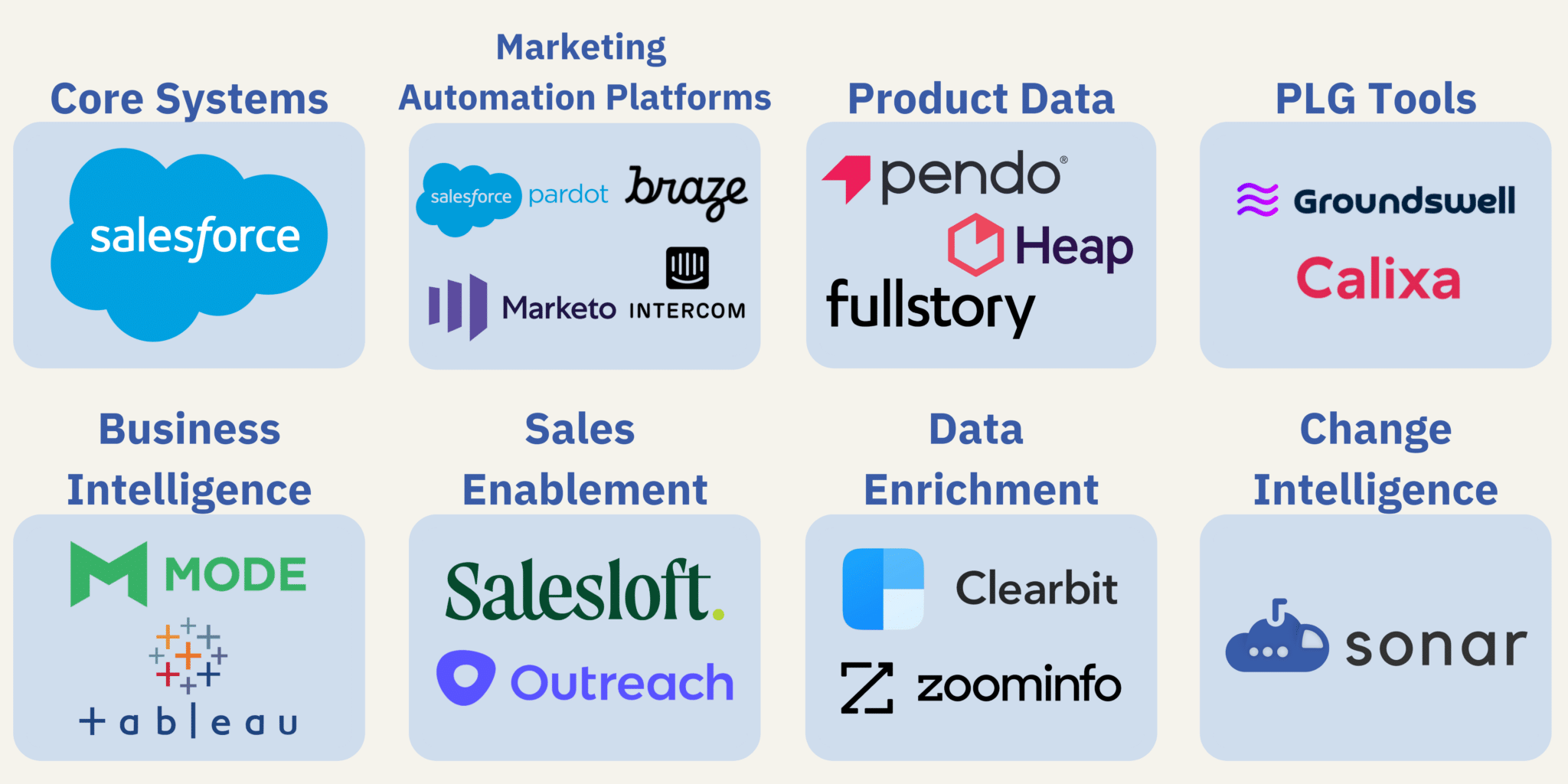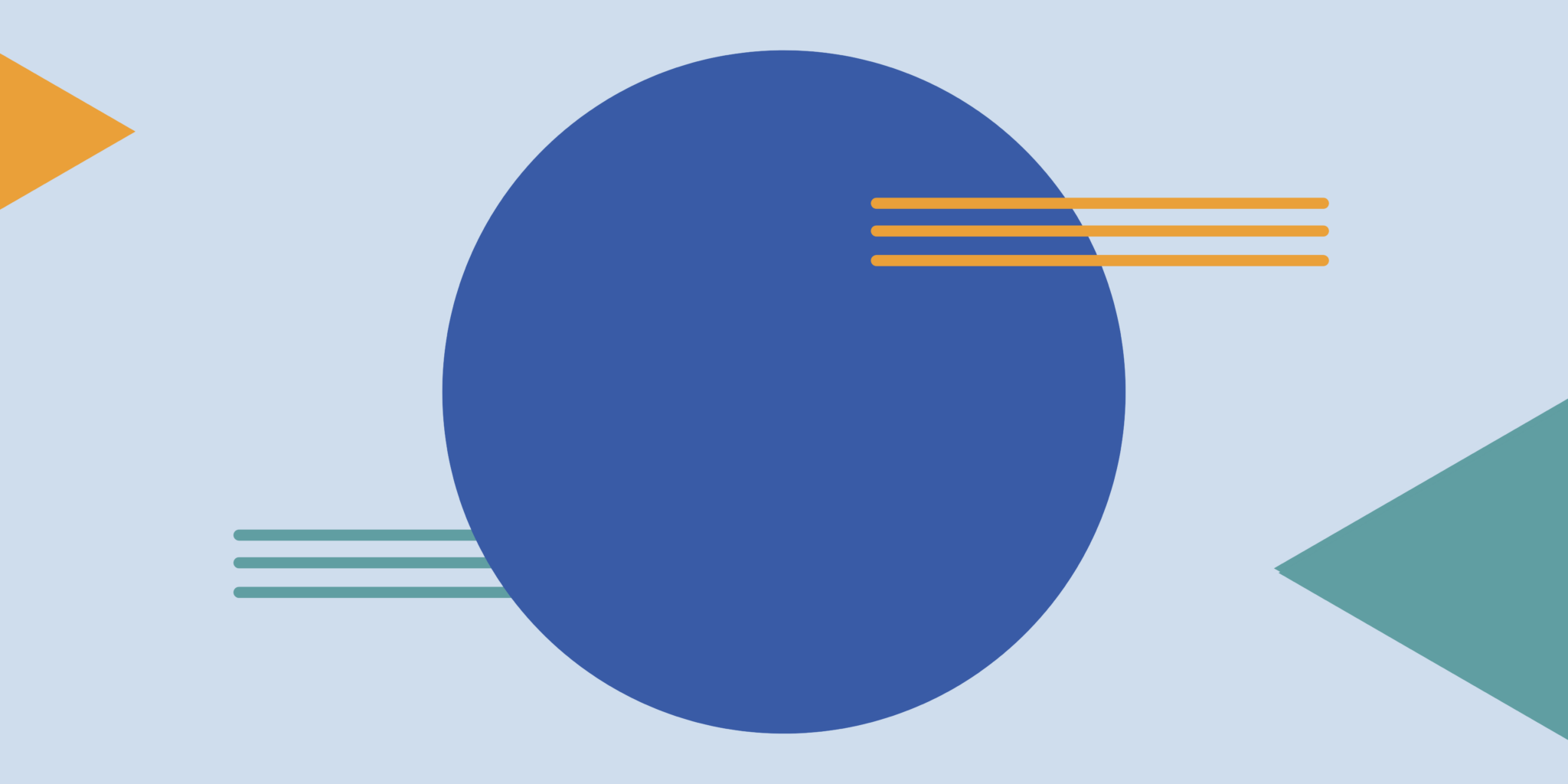In today’s world, data is king. By getting more data on prospects earlier in the sales process, go-to-market teams can accelerate predictable growth. That’s where product-led growth (PLG) comes in.
To put it simply, PLG allows prospects to try out your platform for free for a certain period. By giving users access to your platform, ops teams get critical data that helps you better understand your prospects, how they use your tool, and which ones are the highest-value leads.
How does product-led growth work?
There are a variety of PLG flavors, depending on the length of time you offer your product for free and what features you grant access to. The three primary PLG models include:
Free forever
As you might guess from the name, this model means you can access the platform for free for an unlimited amount of time. Free forever is best for companies with a product capable of going viral. As more people join the platform, they share it with others, and the platform gains traction quickly. Sometimes users can choose to upgrade their account to unlock more capabilities at a low price point.
Products that are “free forever” often have multiple revenue streams, meaning consumers can use it for free while corporate partners subsidize the cost. Two examples of this are Spotify and LendingTree.
Spotify is the world’s largest music streaming service provider. Users can access music and podcasts on Spotify for free but must listen to ads paid for by corporate partners. To unlock an ad-free experience, users can upgrade to a paid account at a low monthly fee.
LendingTree is the nation’s leading online loan marketplace. By monetizing its business through purchases from corporate partners, LendingTree offers consumers a free forever model that helps improve their credit, lower monthly payments, and take charge of their financial health.
Freemium
This model lets you sign up for free and get basic access to the platform’s tools. If you want to use specified premium features, the platform requires you to pay. Fremium allows users to love the product before hitting a paywall, helping justify the spend. It’s the best way to get new people using a product, and it typically has a relatively low entry cost once a user decides to move on to the paid tier.
A great example of a company using this model is Calendly. The meeting scheduling platform offers a 100% free account to any user, with upgrades available to access advanced features or a business account.
Canva, the beloved tool for non-designers who need to design, also uses a freemium model. Canva offers a free basic tool, but if you’re using it regularly, you’ll likely hit a paywall early on. Freemium products provide many opportunities to pay for extra features. In Canva, you can pay for features like pre-made templates and illustrations.
Limited free trial
Limited free trial is a sales-led motion that’s a go-to model for many B2B tech stack platforms. Instead of giving users neverending free access, the platform is only available for a period of time. In many cases, free trials last for two weeks.
This model is common for products with a higher price point, allowing sales teams to capture more qualified leads that they can convert into paying customers.
How does product-led growth impact RevOps teams?
The impact PLG has on ops teams varies, depending on the PLG model your company offers.
For example, if you offer a free forever model, you might need tools in your tech stack that collect product data. You need to know when users are hitting paywalls, so you can design experiences to drive them toward conversion.
If you provide a limited free trial, you likely use product qualified leads (PQLs) to accelerate your sales process by giving your sales development representatives (SDRs) helpful information about a user that they can use in their outreach. For example, you can set up a process that updates SDRs when someone downloads a trial. That way, SDRs can reach out to users with specific information about how your company helps solve whatever problems they’re seeking to overcome with the platform.
These are the three core ways a PLG model impacts your ops team:
- Your org design. Following a PLG strategy can impact the structure of your go-to-market teams (sales, marketing, and customer experience). For example, a free forever product likely won’t have a large outbound sales team because a high volume of users is consistently upgrading. Instead, you may have a smaller outbound team focused only on selling to corporate partnerships or enterprise accounts. In a freemium model, you are more likely to have sales teams solely focused on penetrating enterprise businesses or upgrading small teams with high potential to become larger accounts.
- Your sales process. PLG transforms the traditional sales process by emphasizing your product. Instead of building processes solely around marketing qualified leads (MQLs) and sales qualified leads (SQLs), you must also include users who sign up for your product, aka PQLs. Bringing PQLs into your process changes when you collect data from leads, giving you access to critical data early on about your PQLs and how they use your platform.
- Your tech stack. Building a tech stack that supports PLG requires going beyond sales-and-marketing-driven SaaS tools and bringing in niche platforms to help collect product data, usage data, and other data not typically used at the top of the funnel.
How to build a tech stack that supports product-led growth.
As we mentioned, your tech stack will depend on your company’s PLG model. Here’s a look at the primary categories a PLG tech stack typically covers and some of the popular tools that fall under each category:
 The ops teams behind companies with a PLG strategy.
The ops teams behind companies with a PLG strategy.
Interested in helping your company carry out a PLG strategy? See how other ops teams are supporting their go-to-market teams to make it a success:
MURAL
MURAL is a visual collaboration platform that helps teams problem-solve faster. It offers free forever access, with upgrades for users who want to collaborate together on unlimited digital whiteboards.
With a robust PLG model in place, MURAL’s ops team focuses on providing functionality and features to sales that improve their user experience in Salesforce and help them work more efficiently.
FullStory
FullStory gives organizations the data they need to enhance their digital experiences. It offers a two-week trial, where users can access all of FullStory’s features and insights for free.
FullStory’s ops team uses the data it receives from free trials to help its sales leaders build a best-in-class sales analytics and insights practice that enables decision making and business improvements.
LendingTree
As we mentioned earlier, LendingTree offers a free forever PLG model to consumers.
LendingTree’s team of Salesforce admins played a critical role in the company’s PLG strategy by transforming their 16-year Salesforce org into an end-to-end platform that fully supports the company’s 30 business units.

